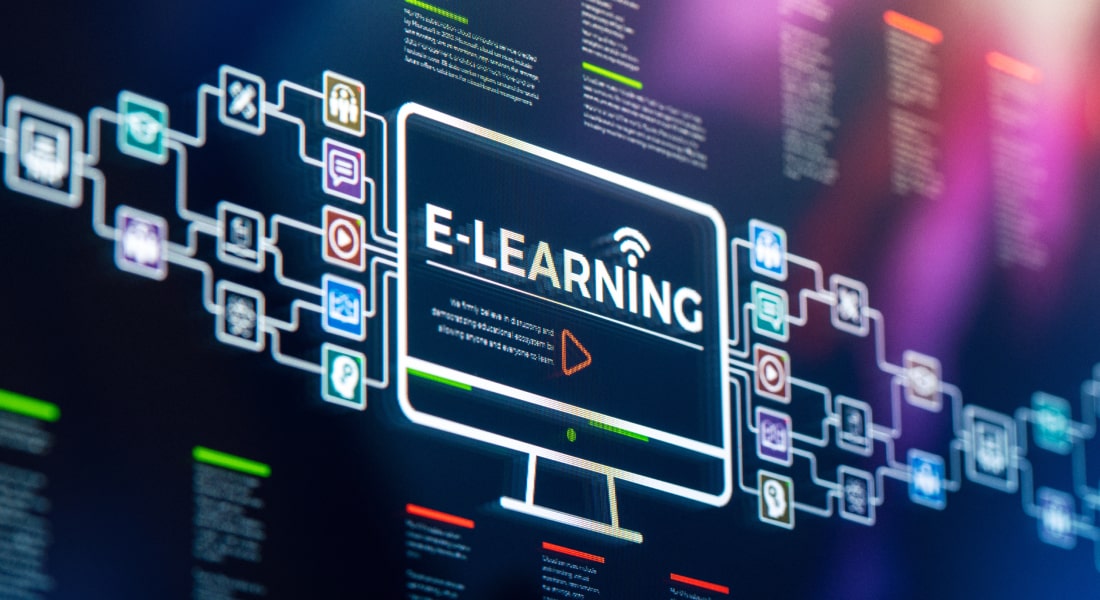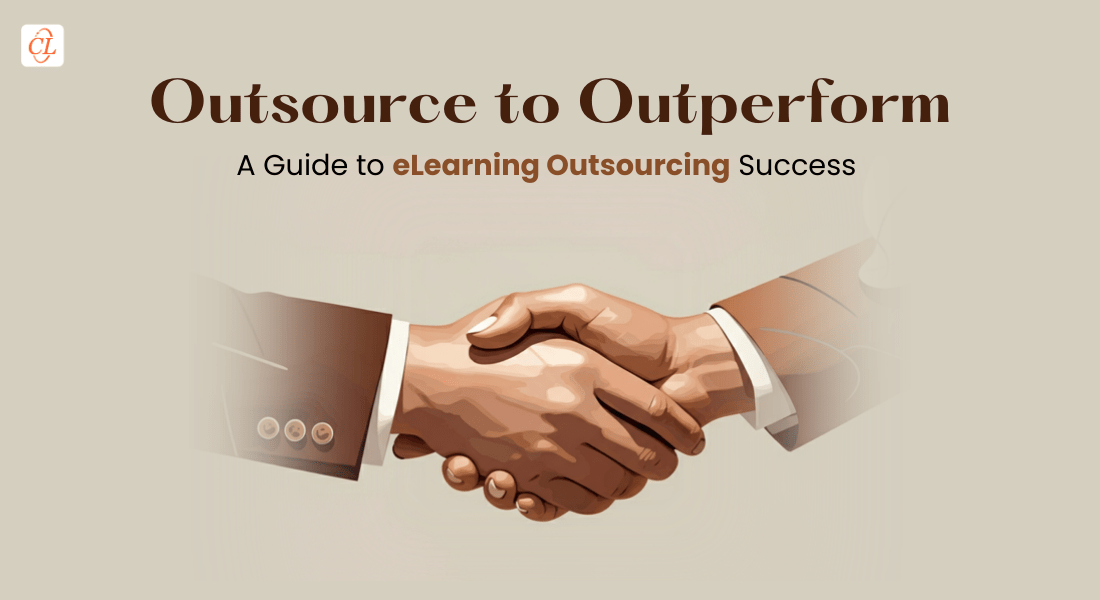What is eLearning – And What It’s Not!

If you're new to the world of eLearning, welcome! Whether you're an educator, trainer, or someone simply curious about digital learning, it's great that you're here. As someone who's been designing eLearning for years, I often hear questions like:
“Isn’t eLearning just putting PowerPoint slides online?”
“Can’t I just send a PDF and call it eLearning?”
The short answer? No. And here’s why.
→ Download eBook: Corporate L&D Trends 2025 – Get the View from the Trenches
Let me walk you through what eLearning truly means—and what it definitely doesn’t.
What Is eLearning?
At its core, eLearning (short for electronic learning) is a structured learning experience delivered through digital technology. But it’s not just “online content.” It’s designed with purpose, using instructional strategies to make learning easier, more engaging, and more effective.
Let me break it down for you:
1. It’s Designed for Learning
Real eLearning is thoughtfully created using instructional design principles. It has a clear goal, a path to get there, and the tools to help learners stay engaged throughout.
2. It’s Interactive
eLearning is not a one-way street. Learners are encouraged to interact—whether by answering quizzes, exploring scenarios, or dragging and dropping items. This interaction is what makes it learning and not just reading.
3. It Uses Multimedia
We don’t all learn the same way. That’s why good eLearning uses a mix of audio, visuals, video, animations, and even games to reach learners in different ways.
4. It Includes Assessments
You’ll find questions, knowledge checks, and even simulations to help learners practice what they’ve learned and get feedback right away.
5. It’s Flexible and Accessible
eLearning is available anytime, anywhere. Whether you’re on a desktop at work or a mobile phone at home, the content adjusts to your device and your schedule.
What is NOT eLearning?
Now, here’s the important part. Not everything online is eLearning. A lot of things may look like training—but without the right design, they don’t actually help people learn.
Let me give you some examples:
1. PowerPoint Slides with Narration
Recording a voiceover on a slide deck doesn’t make it eLearning. There’s no engagement, no interaction, and usually no way to track if the learner understood anything.
2. Recorded Webinars
Webinars are great for live sessions. But just posting the recording without breaking it down or adding questions doesn’t turn it into an eLearning course.
3. PDFs or eBooks
These are great reference materials, but they don’t teach. They don’t interact, adapt, or test knowledge. So, they’re not eLearning.
4. YouTube Videos or Podcasts
Videos and podcasts can be helpful resources, but without structure, goals, and interactivity, they don’t qualify as eLearning on their own.
So, How Can You Tell the Difference?
Here’s a simple rule of thumb:
If it’s structured, engaging, interactive, and helps learners achieve a clear objective—chances are, it’s real eLearning.
If it’s just content thrown online with no design or interaction—it’s not.
Wrapping Up
I hope this helped clarify what eLearning really means. It’s not about going digital just for the sake of it—it’s about creating a learning experience that works. When designed right, eLearning can empower learners, save time, and drive real results for organizations.
Got questions? Want to explore how to get started with eLearning in your role? I’m here to help.
Just remember:
Great eLearning doesn’t just deliver information—it transforms it into meaningful learning.




![eLearning Localization: What, Why and How? [Infographic]](https://blog.commlabindia.com/hubfs/Imported_Blog_Media/translations.jpg)

